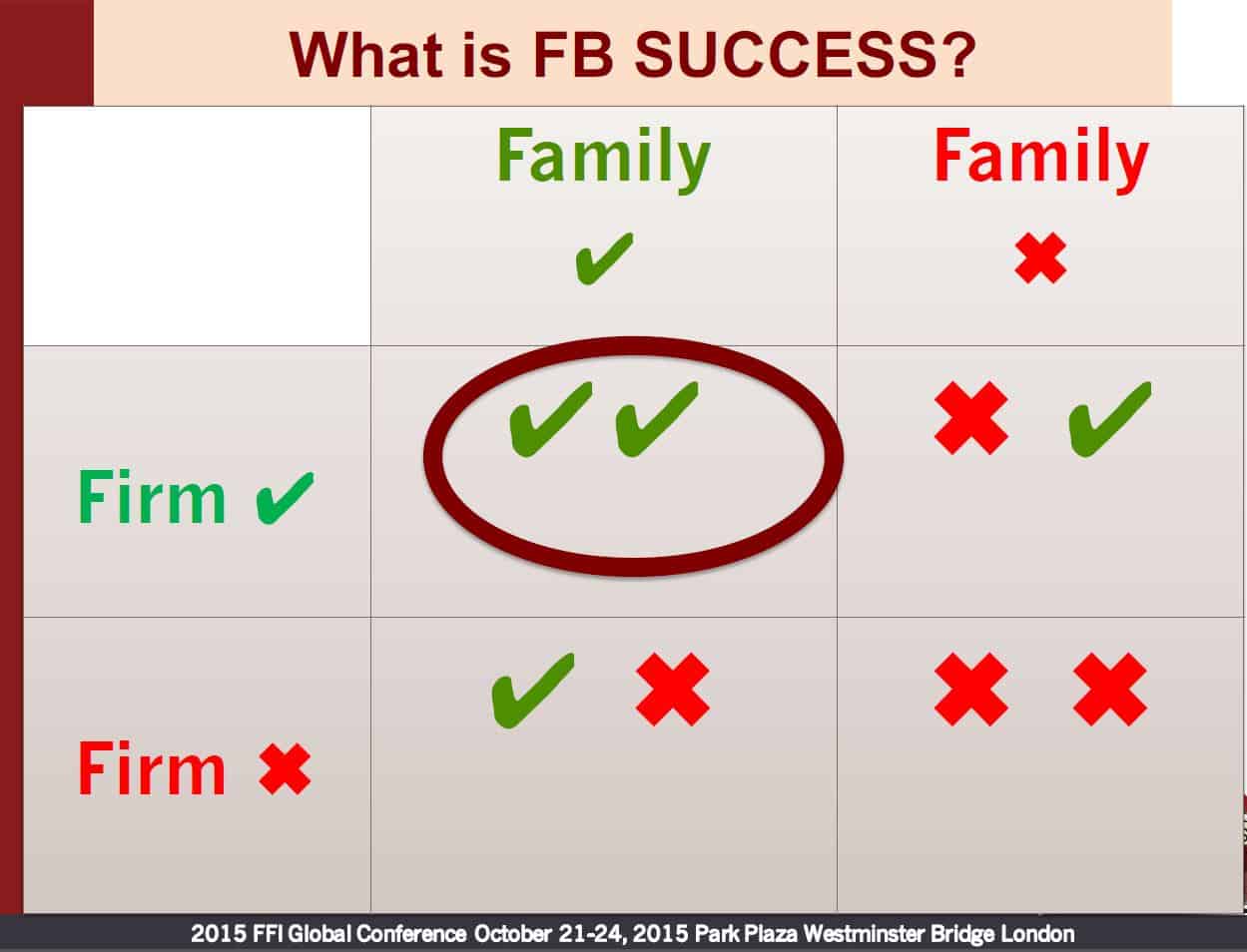Adding Objectivity to a Father-Son Relationship
Every week in this blog I choose an idea to explore with readers, and hopefully inform as well as entertain.
Sometimes I write about a subject that jumped out at me during the course of the week, and other times I dig into a folder where I keep ideas germinating until their time is deemed right.
That “right time” usually comes when the subject comes up again and triggers a bit of an “Ah-Ha” moment in my head, making me believe that the germination phase must be complete.
This week’s subject sort of fits into a few categories, including the one where I think I have the ideal angle to approach the idea early in the week, and then by the weekend when it comes time to write about it, I really can’t figure out where to start.
So, let’s start at the beginning, when the idea of looking at a relationship with someone “subjectively” versus looking at it “objectively” first crossed my radar screen.
It was last winter, during a training program on Bowen Family Systems Theory, when one of the instructors, Erik Thompson, who also served as my coach, suggested to me that I might benefit from trying to look at my relationship with my father “more objectively”.
That sounded like it made a lot of sense on the surface; how could being “more objective” be seen as bad?
Actually, I am no longer 100% sure whether he suggested being “more objective” or “less subjective” towards my father, since they are simply two ends of the same continuum.
For now, please just play along with me and join me in the quest for “More Objectivity”, and “Less Subjectivity”, as being something to strive for in a relationship.
Now it gets a bit tricky for me, and for those of you who know that my Dad passed away in 2008, you may have already figured out why.
What was being suggested to me as a worthwhile endeavour, namely looking at one of the most important realtionships of my lifetime in a new way, was surely going to be complicated by the fact that there could really only be one protagonist in this play, the other key player already having already exited the stage, permanently.
Luckily for me, those who have studied Bowen Theory for the past few decades have discovered that great progress can still be made, given sufficient willingness and effort, if one takes the time to seek out the oldest surviving relatives of those who are no longer around, as a proxy for seeing someone in a new light.
After sufficient prodding from my coach, I visited my Aunt, my father’s older sister, and I asked a lot of questions. The ones about their childhood, dealing with their “family of origin” as Bowen called it, were the most eye opening. Stories that I vaguely recalled from Dad now took on a new meaning, helping provide context, which allowed me to see him more “objectively”.
The fact that the viewpoint came from a third party also helped, of course, to add objectivity.
I have since been able to “let go” a good number of the “hard feelings” that I may have been allowing to “taint” the memory of a man who was so central to my life and upbringing.
Most people truly do try to do their best for their children, and much of what they think is best comes from their own experiences growing up in their own family.
If you take the time to understand people and where they truly came from in their own families, growing up, this new point of view will help you see them less subjectively, and more objectively, which can be quite helpful in leading one to be less judgmental towards them.
And if you can start making these types of inquiries about someone’s childhood while they are still around, that would be even better. I wish I had.
Steve Legler “gets” business families.
He understands the issues that families face, as well as how each family member sees things from their own viewpoint.
He specializes in helping business families navigate the difficult areas where the family and the business overlap, by listening to each person’s concerns and ideas. He then helps the family work together to bridge gaps by building common goals, based on their shared values and vision.
His background in family business, his experience running his own family office, along with his education and training in coaching, facilitation, and mediation, make him uniquely suited to the role of advising business families and families of wealth.
He is the author of Shift your Family Business (2014), he received his MBA from the Richard Ivey School of Business (UWO, 1991), is a CFA Charterholder (CFA Institute, 2002), a Family Enterprise Advisor (IFEA 2014), and has received the ACFBA and CFWA accreditations (Family Firm Institute 2014-2015).


